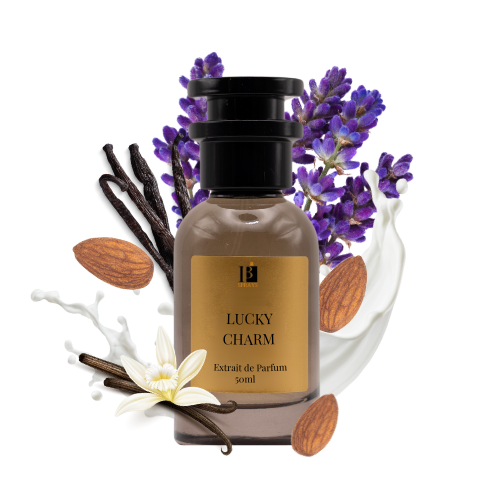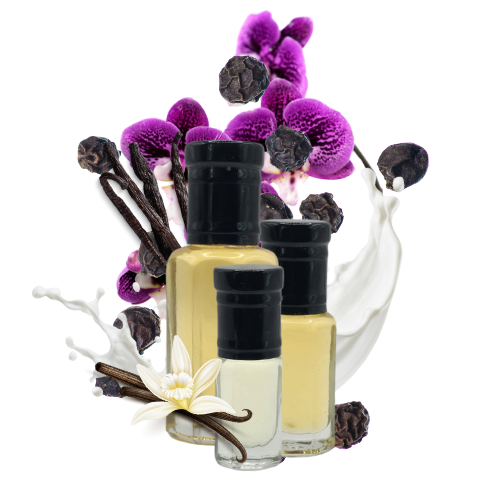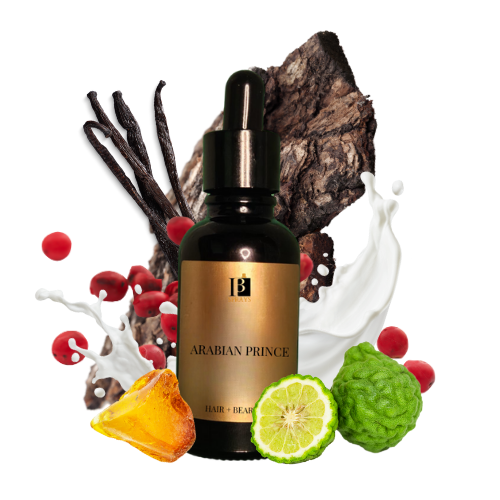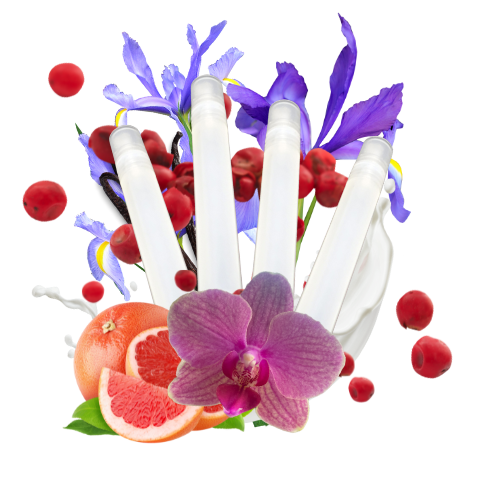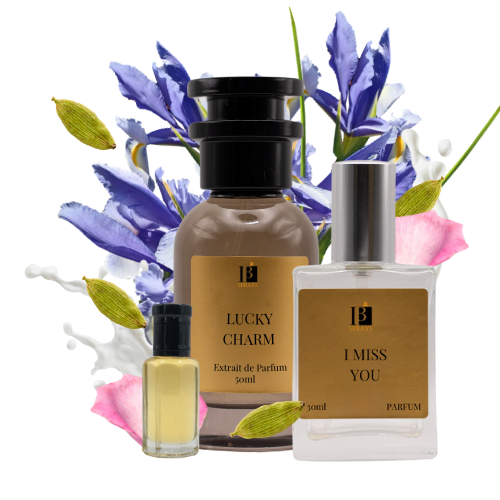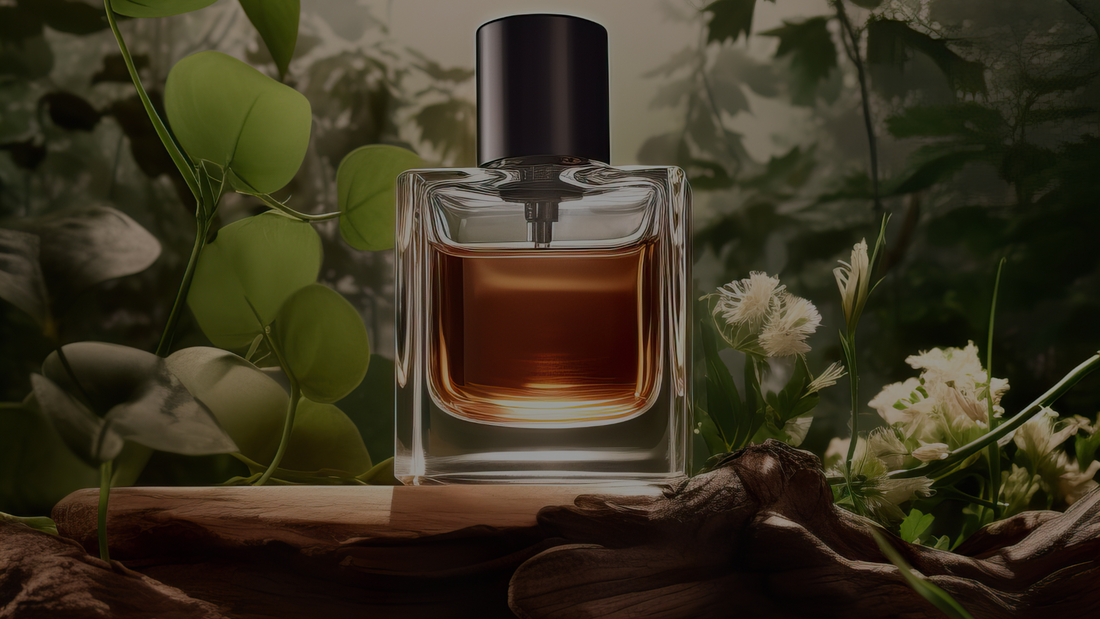
From Plant to Perfume: The Journey of a Fragrance
Share
The art of perfume-making is a captivating process that takes us on a sensory journey, transforming raw ingredients into an olfactory masterpiece. From the delicate petals of flowers to the rich earthiness of roots, creating a fragrance is a meticulous craft that weaves nature's essence into a luxurious experience. In this article, we trace the process of how raw ingredients are transformed into luxurious perfumes.
Harvesting the Essence
The journey of perfume-making begins in lush fields and fragrant gardens, where skilled cultivators harvest the raw ingredients that will shape the perfume. Whether it's the velvety petals of roses, the aromatic leaves of mint, or the resinous bark of trees, each element is chosen for its unique olfactory profile.
Common Plants Used in Perfumes
The following plants are some of the most commonly used in perfume-making:
Rose:
- Notes: Floral, sweet, and slightly spicy.
- Usage: Often referred to as the "queen of flowers," rose is a classic fragrance ingredient that adds elegance and romance to perfumes.
Jasmine:
- Notes: Intensely floral, sweet, and exotic.
- Usage: Known for its rich, heady scent, jasmine is a popular choice, especially in floral and oriental fragrances.
Lavender:
- Notes: Fresh, herbaceous, and calming.
- Usage: Lavender's versatility makes it a staple in both men's and women's fragrances, contributing a clean and soothing quality.
Sandalwood:
- Notes: Woody, warm, and creamy.
- Usage: Often used as a base note, sandalwood provides depth and longevity to perfumes, creating a sense of warmth and sophistication.
Patchouli:
- Notes: Earthy, sweet, and slightly spicy.
- Usage: Patchouli is a distinctive fragrance often associated with bohemian and oriental scents, adding depth and complexity.
Vanilla:
- Notes: Sweet, creamy, and comforting.
- Usage: Vanilla is a popular note in gourmand fragrances, bringing a sense of warmth and sweetness to the composition.
Bergamot:
- Notes: Citrusy, fresh, and slightly floral.
- Usage: Bergamot is a key component of many citrus and cologne-type fragrances, imparting a bright and uplifting character.
These plants, with their diverse aromatic profiles, form the foundation of countless perfumes, contributing to the complexity and uniqueness of each olfactory creation.
Extraction Methods
Once harvested, the precious essences must be extracted. Various methods are employed, including steam distillation, solvent extraction, and cold pressing. Steam distillation is often used for delicate flowers, while tougher materials may undergo solvent extraction. The goal is to capture the essential oils that will form the heart of the fragrance.
The Art of Blending
The extracted essential oils are akin to a perfumer's palette, each possessing distinct notes and characteristics. Often called 'noses', perfumers artfully blend these oils to create a harmonious symphony of scents. The composition involves careful consideration of top, middle, and base notes, ensuring a balanced and evolving fragrance. Read our article on notes and accords for more information on this.
Selecting a Carrier
To make the perfume wearable and enhance its diffusion, the concentrated essential oils are diluted with a carrier, usually high-proof alcohol. This step ensures the fragrance's safety and contributes to its longevity when applied to the skin. Alcohol-free fragrances are made with natural oils, like coconut and almond oil, water, waxes, and resins.
Ageing and Maturation
Similar to fine wine, some perfumes benefit from ageing. Allowing the blended concoction to mature enables the different components to meld and evolve, resulting in a more refined and complex fragrance. Depending on the composition, this maturation period can range from weeks to several months.
Filtration and Clarification
Before bottling, the perfume undergoes filtration to remove any impurities or sediment. This step ensures a clear and visually appealing final product. Filtration is a crucial process to maintain the pristine quality of the fragrance.
Presentation and Packaging
The visual aspect of a perfume is an integral part of its allure. Perfume houses invest considerable effort into designing elegant bottles and packaging that complement the essence within. The final presentation is a harmonious marriage of visual aesthetics and olfactory excellence. Affordable fragrances, like ‘inspired by’ perfumes, are often packaged in plain bottles as this reduces the cost to the consumer.
Quality Control
Rigorous quality control measures are implemented to maintain the integrity of the fragrance. Perfume creators conduct numerous tests to ensure consistency in scent, longevity, and overall performance. This meticulous scrutiny guarantees that each bottle meets the highest standards before reaching the market.
The Sensory Experience
Ultimately, a perfume is not just a concoction of scents; it's a sensory experience. When applied to the skin, the fragrance interacts with the body's natural chemistry, creating a unique and personal aura. The wearer becomes a canvas upon which the fragrance unfolds its story, leaving an indelible impression.
Conclusion
The journey from plant to perfume is a combination of nature, science, and artistry. Each fragrance tells a tale of botanical wonders, skilled craftsmanship, and the desire to evoke emotion through scent. So, next time you spray your favourite perfume, remember that behind every exquisite fragrance lies a story of meticulous creation and a deep connection to the natural world.


